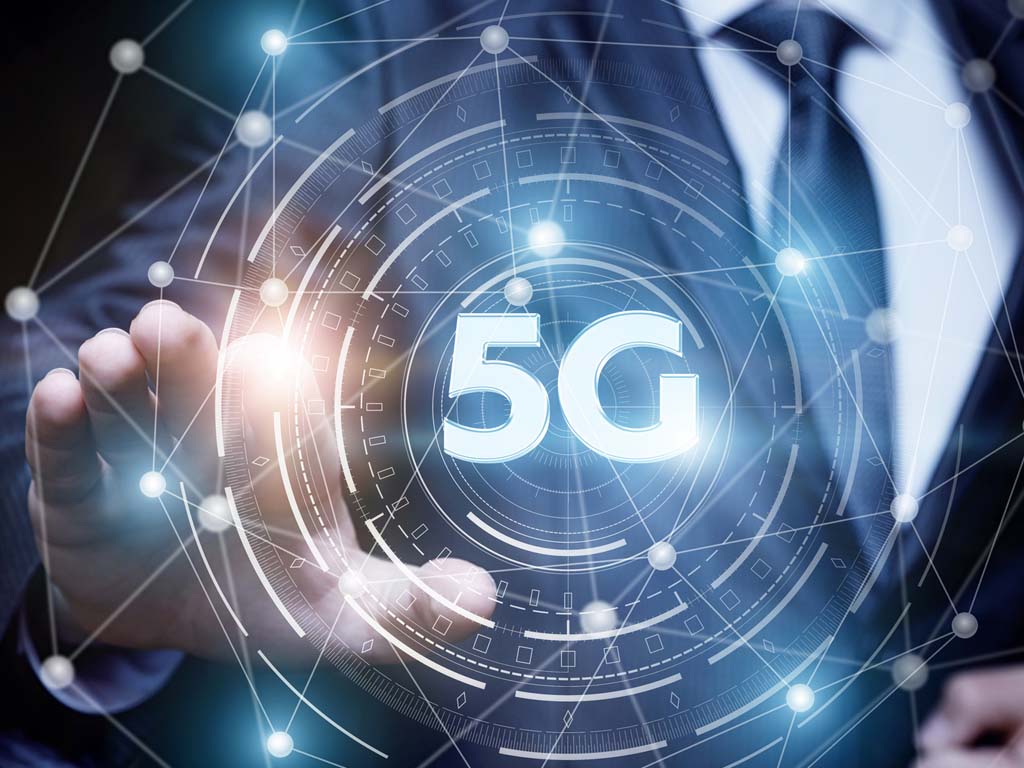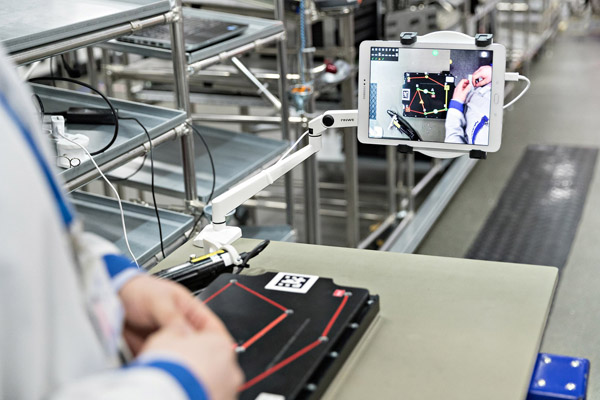We use cookies to personalise content & improve our services. By using our site, you consent to our Cookie Policy. Read more
5G – when and what?


Recently, a representative from a start-up company asked me when will 5G be introduced. ”This year”, I said with a smile. The representative looked at me confused and asked again when will 5G actually be available for consumers. I smiled and said that it will be available in 2020.
It is confusing but true: both answers are equally true. The first publicly made promises on introducing 5G phones in the market are aimed at the end of 2019, which means that they would be available in stores according to my educated guess. This does not refer to all phones, but so-called high-end models. We will still have to wait a little before 5G is included in basic mobile phones. And it is true that we will have to switch to a new phone in order to take advantage of the benefits of the 5G network. 5G represents a new technology, which cannot be updated to old devices. However, it is not a problem, since Finns switch phones quite often.
How does a consumer benefit from 5G devices? At least, the number of video applications continues to grow – currently, a phone is a medium for watching television or streaming services, such as Netflix. In addition, we will see an increasing number of augmented and virtual reality applications. We can also assume that the experience of online gaming will notably improve on mobile devices. In the early part of the year, we tried online gaming with a professional gamer through a 5G connection and the experience was extremely promising.

The minor delay of a 5G connection also offers a high-quality experience for professional gamers. Nokia and Telia tested the 5G network together with Esports gamers at Nokia’s 5G innovation laboratory.
At the same time, it should be noted that the first 5G terminal devices are not mobile phones, but routers, that is hotspot devices or modems. In other words, devices that receive a 5G radio signal and transmit it either through an ethernet cable or a wireless connection. At home, these are wireless broadband routers, for example.
However, a more important target group and among the first users of 5G are companies, offices, logistics, production and factories. There have already been projects carried out among them for several years in order to promote digitalization, and 5G accelerates this development as the wireless broadband that is available will grow significantly, in practice into gigabytes. When this is combined with an extremely small delay of milliseconds, we will see new, revolutionary digital solutions in various sectors.
Recently, Telia and Nokia together with Intel and a start-up company called Finwe tested real-time video analytics at a factory in Oulu in order to monitor production through a 5G network. During the trial, any errors made during the installation process could be detected immediately and the trial proved that automation with the help of the 5G network is possible.

In the future, findings from this trial can be utilized on a wider scale. 5G forms a great entity together with cloud-based data calculation and data centers as well as artificial intelligence and analytics. Thanks to 5G, we will be able to transfer large amounts of data to data centers and cloud-based calculation almost without any delay. When this is combined with the current artificial intelligence boom, we will have a true data revolution in our hands.
The technology already exists. 5G routers will be more extensively available in the market next year. We will see the first versions of them already this year, as some have already been used in the first trials.
However, this is not all. One of the value promises of 5G is that it supports a large number of small devices, such as IoT sensors. This value promise is already implemented by NB-IoT technology that was recently introduced by Telia for commercial use. Even though it functions as part of the 4G network, the functionalities resemble 5G.
In conclusion, it can be stated that 5G will be launched in several phases – it will probably first be available to companies and later to consumers. 5G will offer very different user experiences that will include IoT devices, video analytics and entertainment experiences at home, for example. It is more interesting to consider everything that 5G enables than to think about when it will be launched.
